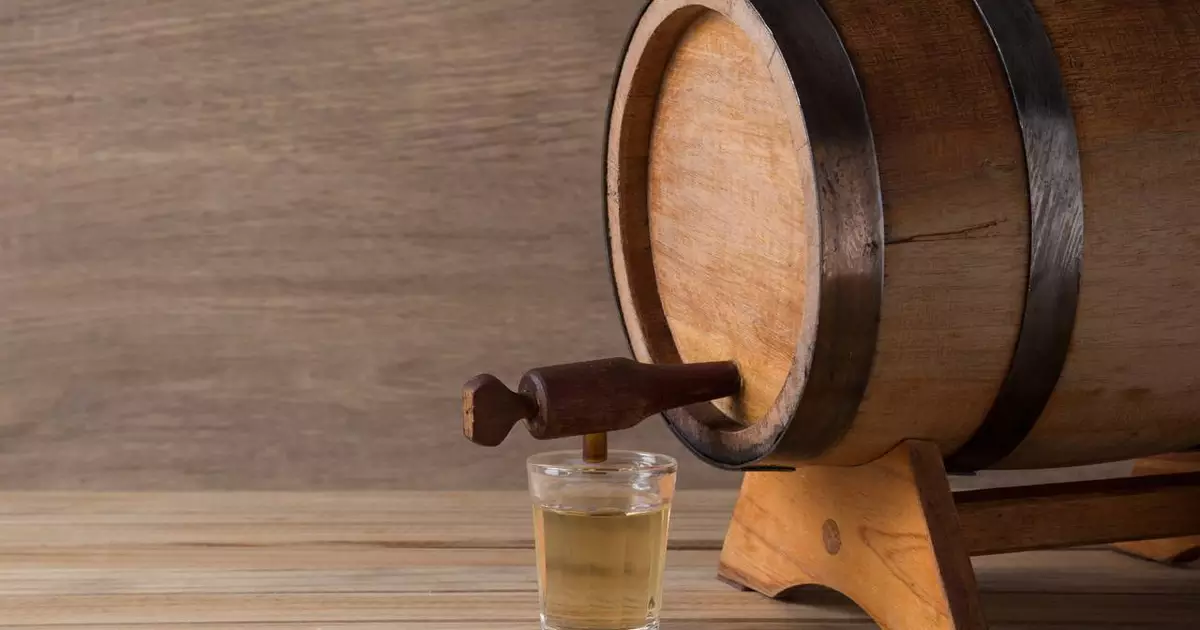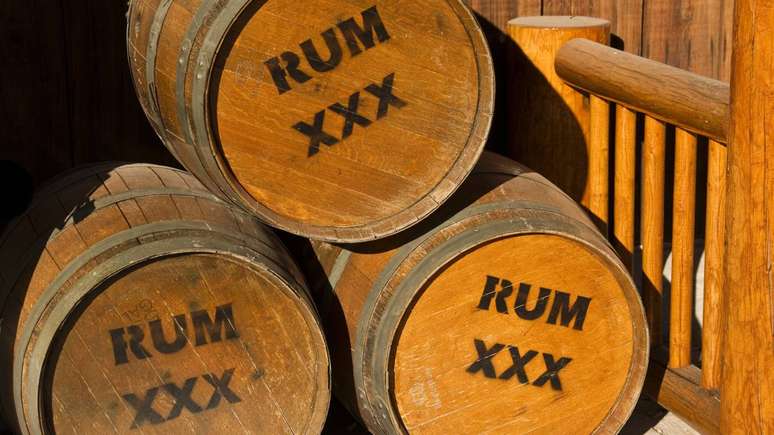
Discover the difference between cachaça and rum. Discover the origins, production methods and unique flavors of these drinks made from sugar cane.
The production of alcoholic beverages from sugarcane is a centuries-old tradition that spans regions around the world, resulting in a variety of spirits with unique sensory and cultural profiles. Among these, cachaça and rum occupy important positions representing the cultural heritage of Brazil and the Caribbean, respectively. Although both are made from the same raw materials, their characteristics are due to different production methods, specific regulations and a specific historical heritage.
In the world of spirits, questions often arise about the similarities and differences between cachaça and rum. Although both drinks use sugar cane as a base, the choice of raw liquor, fermentation techniques, aging processes, and even legal definitions are very different. This unique identity is reflected in both flavor and consumption, and it is essential to understand the differences between these two traditionally valued products.
How are cachaça and rum made?
The main difference between cachaça and rum production concerns the initial stages of production. Cachaça can only be obtained through fermentation and distillation. fresh sugar cane juice. This process preserves the aromatic and natural characteristics of the plant, giving the Brazilian distillate a more “green” or herbal profile. Rum can be made from molasses, broth, or less commonly, sucrose itself.
In addition to the raw materials, the manufacturing steps also differ in important technical aspects. Copper stills are primarily used in the production of cachaça, and this process allows for more control over flavor and final quality. The industrial label allows the use of distillation columns, which increases productivity. For rum, the variety of methods is even greater, from continuous distillation methods common in large-scale producers in the Caribbean to artisanal processes similar to those used in cachaça. In both cases, the final alcohol content will vary. The alcohol content of cachaça usually varies between 38% and 48%, but for rum it can exceed 50% depending on the version.
What is the main difference between cachaça and rum?
Although cachaça and rum have the same origin in sugar cane, the main differences are: Raw materials used at the beginning of the process. Brazilian law states that cachaça can only be made from the juice of fresh sugar cane, but for rum, molasses (a byproduct of sugar refining) is allowed in addition to the juice. This difference is reflected intuitively. Cachaça tends to be lighter, with vegetal aromas and delicate freshness, while many rums are fuller-bodied and have sweeter or aged profiles.
Another important difference involves aging. In Cachaça, it can be aged in typical Brazilian forests such as Ambrana, Jequitiva and Ipe, resulting in different nuances of color and aroma. Rum, on the other hand, is made from oak barrels traditionally used for things like wine and bourbon, and is flavored with spices, dried fruit, and vanilla. Therefore, each distillate has its own characteristics, even if they are “siblings” derived from the same plant.
What are the uses and consumption traditions?
The context of consumption also contributes to the differentiation of these distillates. Cachaça, Brazil’s signature drink, is the star of classic cocktails such as: CaipirinhaIt can be consumed pure, especially if it is artisanal or aged. It is present in popular festivals, rural culture, and even religious rituals of African origin. Rum, on the other hand, becomes world famous for its mixtures such as: Mojito, daiquiri and pina coladaespecially in the Caribbean and Central American regions.
The regional diversity of these drinks also reveals the richness of artisanal production methods in tropical countries and the historical importance of sugar cane. There are countless styles of cachaça, varying in purity, wood used for aging, and techniques applied. The same thing happens with rum, which comes in light, golden, and dark versions, as well as dry and sweet styles.
Curiosity about cachaça and rum
- Cachaça has a designation of Brazilian origin and can only be called so if it is produced in the country.
- Although rum is considered a quintessentially Caribbean product, it is now produced in many different parts of the world, including the United States and Europe.
- According to historical records, cachaça is considered one of the oldest distilled spirits in the Americas, appearing in the 16th century.
- Brazil has hundreds of small distilleries specializing in the artisanal production of cachaça, but rum production is concentrated in large factories abroad.
- Both cachaça and rum can be enjoyed on their own or in cocktails, depending on the style and taste of the connoisseur.
The distinction between cachaça and rum is more than just a technical issue, it reflects aspects of national, historical and cultural identity. By exploring the characteristics of each drink, it is possible to understand both the richness of sugar cane in the Americas and the flavors that have defined generations around the world.




